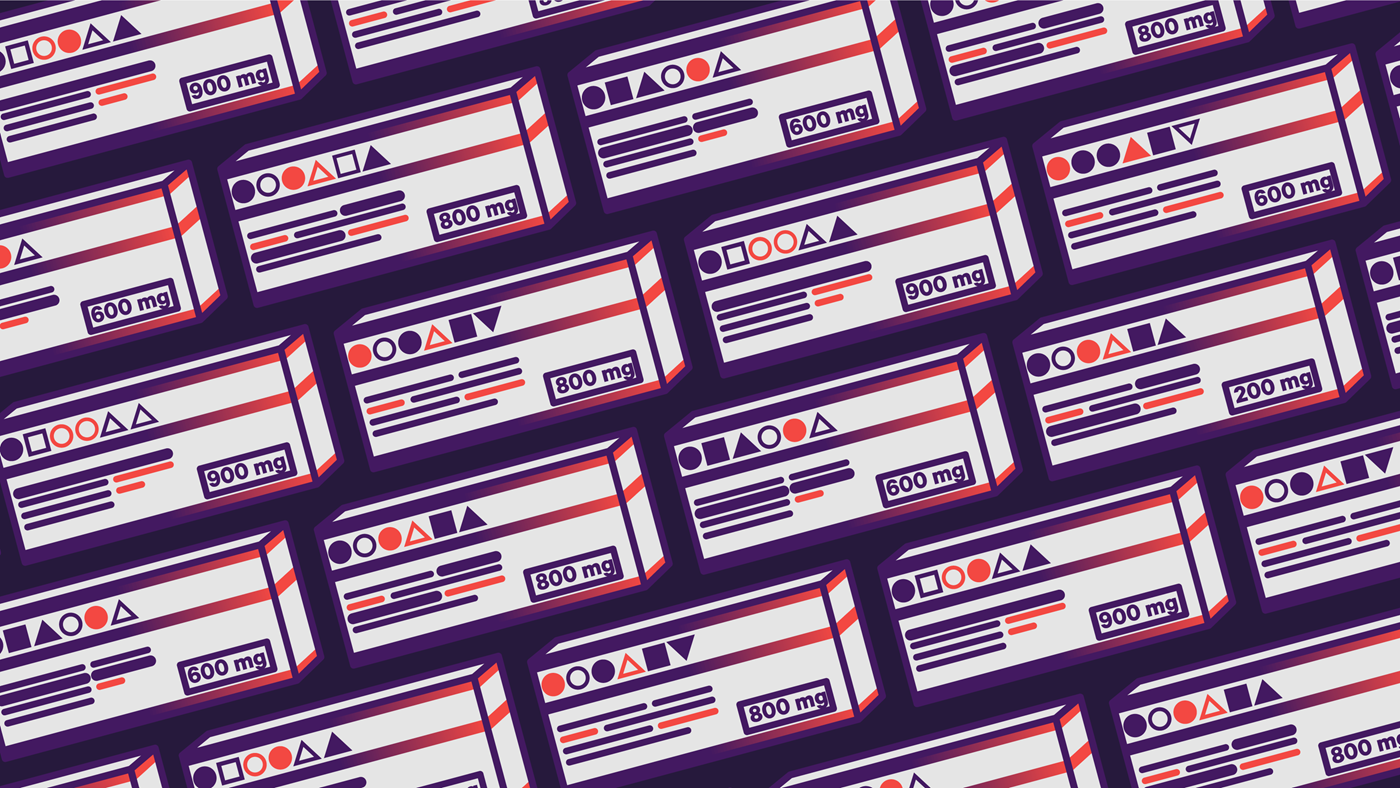Reading Time: 4 min.
Drugs that look similar or have a similar sounding name are at risk of being confused during the drug administration process. This can lead to serious errors which, in the worst case, might even be life-threatening for patients. Automation solutions in the context of medication management, in particular serialization by means of barcodes, can be used to circumvent the problem of handling the so-called look alike sound alike durgs (LASA). Exact traceability of medications at all times is ensured by unit dose solutions. Brand name, pharmaceutical form, active substance, expiry date, lot number and dosage accompany the medication throughout the entire drug process and eliminate human error.
What are LASA drugs?
LASA stands for Look Alike Sound Alike and refers to two or more drugs that look similar or have a similar-sounding name. Due to this similarity, the risk of confusion is particularly high with LASA drugs.
The visual similarity refers on one the hand to the drug itself, on the other hand to the packaging. Even though manufacturers often advertise pills with different shapes and in bright colors, in reality they hardly look any different. There are often only minimal differences in size or in terms of pills that are scored with a groove. The packaging design on the part of the manufacturer also paves the way for errors that can have dangerous consequences. Such mistakes can for instance occur in case of differing drugs that have almost identical packaging. Medications that are available in different strengths but whose packaging hardly differs visually are also susceptible to confusion. In the busy hospital environment, it becomes even more difficult to identify the correct dosage without any doubt.
The Sound-Alike problem can relate to confusion of trade names or generic names as well as confusion of trade name with name of the active ingredient. To get to the bottom of the problem, it is worth looking at how drugs acquire their names: Since 1953, the WHO has been giving generic names to active pharmaceutical ingredients. The so-called INN (international nonproprietary names) are supposed to be unique in terms of pronunciation and spelling in order to avoid confusion with other names. The generic name is also supposed to create international uniformity to ensure that it is globally apparent which active ingredient is being referred to. Despite this claim to be unique, drugs with similar effects may sometimes have similar-sounding names, which can lead to confusion. Both ampicillin and amoxicillin, for example, belong to the group of antibiotics. They are similar in structure and have similar side effects. Nevertheless, they are different in terms of dosage and indication which must be taken into account.
The problem with look alike sound alike drugs
Instead of the generic name, the brand name is frequently used in everyday life. This increases the risk of confusion as there are often several brand names for one generic name. Trade names are more likely to be confused with each other because the standards that are applied for the selection of names are different. The potential of confusion between generic and brand name is also high. Manufacturers try to select names that are as appealing as possible and sell as well as possible, which is often at the expense of distinctiveness.
Moreover, if supply problems at one manufacturer cause a temporary replacement with products from another manufacturer, special attention is required. Routine tasks during the preparation process must be rethought. In the event of such short-term changes, it is often also not feasible to adjust the existing storage system for medications on the wards. In everyday clinical practice, inaccurate or incorrect documentation can also happen very quickly due to the lack of digital infrastructure. Names of medications are written illegibly or misunderstood and mistakes happen quickly.
Managing look alike and sound alike drugs
Look alike sound alike drugs are by no means an unknown issue. Various measures can be taken to reduce the susceptibility to errors. In Europe, an “invented name review group” monitors the names of newly approved drugs to avoid possible confusion before approval. Additionally, measures in the hospital, for healthcare professionals as well as for the patients are proposed:
- Purchasing strategy: Medical staff that handles medication directly should also be involved in purchasing to order alternative products instead of LASA medications
- Storage: ensure separate storage and additional labeling on the wards and in the hospital pharmacy
- Avoid handwritten and verbal prescriptions
- Tall man lettering: parts of drug’s names are written in upper case letters to indicate differences
- Two-man rule when drugs are administered
- Awareness and communication: regular trainings for medical staff, communication of LASA incidents, inclusion of patients in medication process
Many of these approaches can be successful when properly applied but this is not always possible. Labor shortage in healthcare as well as busyness and stress in the daily work at hospitals rarely allow for additional review or training, and space limitations prevent separate storage.
Automation as a solution to the LASA problem
However, there is a highly effective solution that significantly reduces the error rate when handling LASA medication: electronical-technical systems. Human error is a continuous problem in medication administration, but it can be eliminated by automation solutions such as the automated unit dose system PillPick. The barcodes that are printed on each dose ensure the exact identification of a medication at all times. All important information such as brand name or active ingredient are stored in the barcode and make it safe to handle LASA drugs. Automated dispensing systems can also facilitate managing LASA medications since the automated dispensing replaces the manual search for the correct medication.
The entire medication process is error-prone and risky, especially the handling of look alike sound alike medications. From documentation to preparation to administration, serious errors happen easily – often at the expense of patients. The daily hectic pace in hospitals further exacerbates the difficulty and does not even stop at high-skilled medical staff.
In order to increase patient safety during the drug administration process, and with an eye on look alike sound alike drugs, automated technologies are a valuable solution. Systems such as TheraPick or ADCs ensure that LASA drugs also reach the right patient at the right time in the right dosage.
About the author Sara Garuti
As Marketing and Communications Manager, Sara is in charge of content creation and dissemination within the EMEA region. After years dedicated to product marketing and events management, Sara is now focusing her work on the digital environment, aiming to create a superior omnichannel customer experience.









